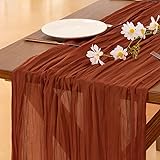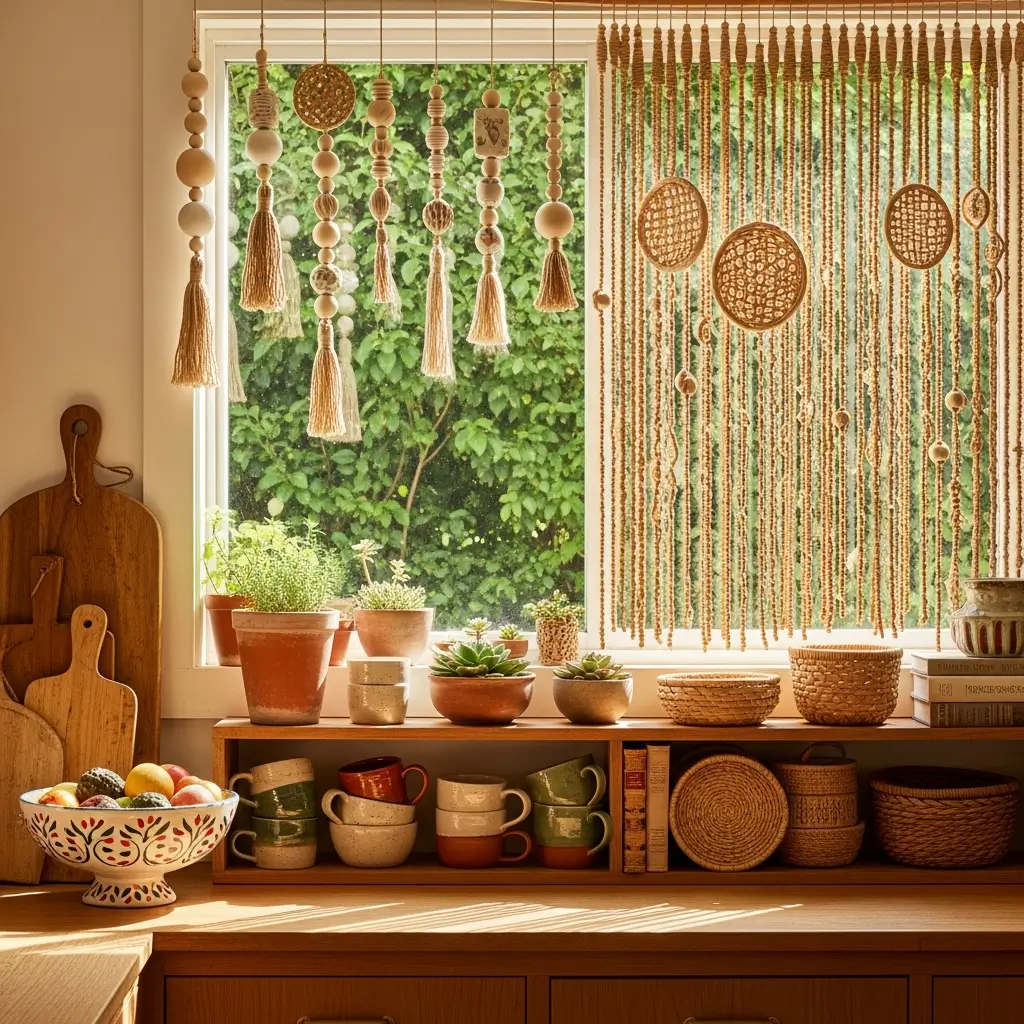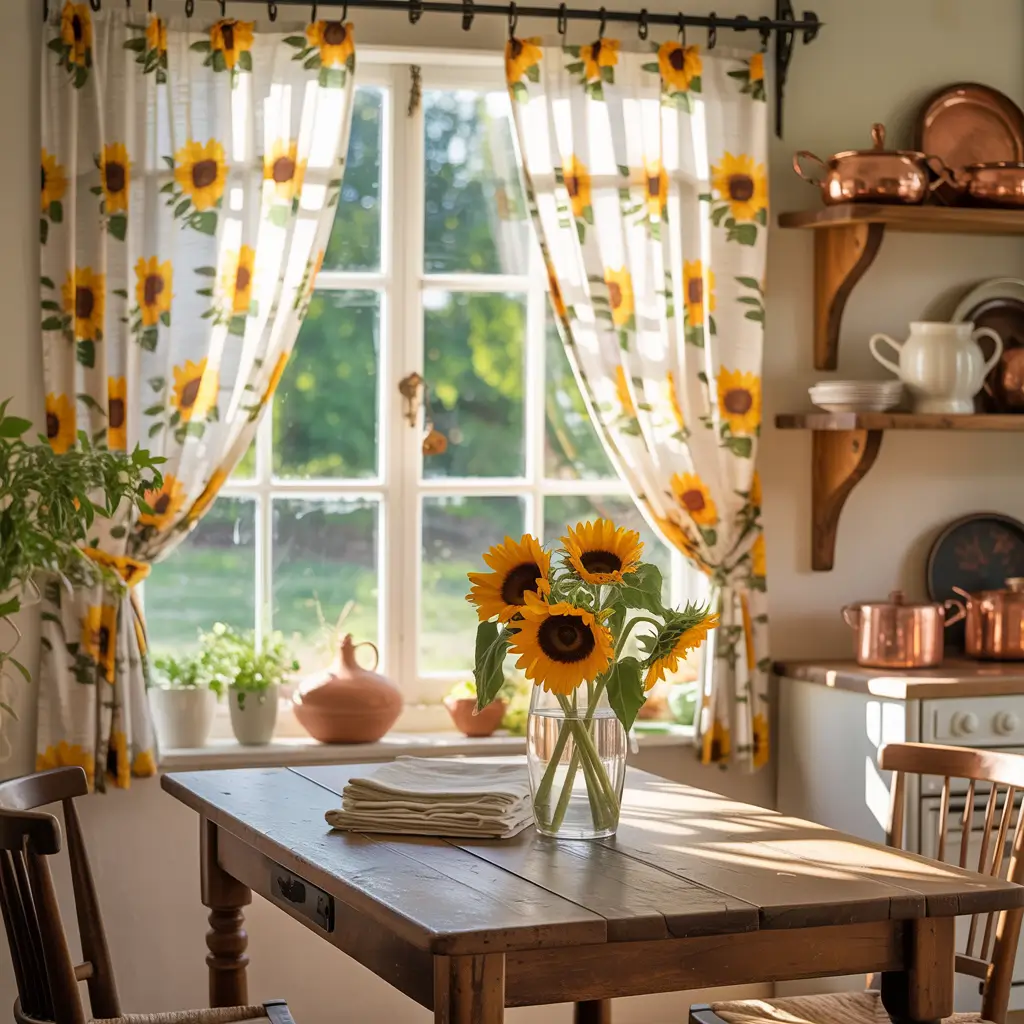5 Proven Steps: How to Start a Fire in a Fireplace Safely & Efficiently

Owala FreeSip Insulated Stainless Steel Water Bottle with Straw, BPA-Free Sports Water Bottle, Great for Travel, 24 Oz, Denim
$29.99 (as of November 12, 2025 12:53 GMT +00:00 - More infoProduct prices and availability are accurate as of the date/time indicated and are subject to change. Any price and availability information displayed on [relevant Amazon Site(s), as applicable] at the time of purchase will apply to the purchase of this product.)STANLEY Quencher H2.0 Tumbler with Handle and Straw 40 oz | Flowstate 3-Position Lid | Cup Holder Compatible for Travel | Insulated Stainless Steel Cup | BPA-Free | Plum
$26.55 (as of November 12, 2025 12:53 GMT +00:00 - More infoProduct prices and availability are accurate as of the date/time indicated and are subject to change. Any price and availability information displayed on [relevant Amazon Site(s), as applicable] at the time of purchase will apply to the purchase of this product.)Rubbermaid Brilliance Food Storage Containers BPA Free Airtight Lids Ideal for Lunch Meal Prep & Leftovers Set of 5 (3.2 Cup)
$27.99 (as of November 12, 2025 12:53 GMT +00:00 - More infoProduct prices and availability are accurate as of the date/time indicated and are subject to change. Any price and availability information displayed on [relevant Amazon Site(s), as applicable] at the time of purchase will apply to the purchase of this product.)Etekcity Food Kitchen Scale, Digital Grams and Ounces for Weight Loss, Baking, Cooking, Keto and Meal Prep, LCD Display, Medium, 304 Stainless Steel
$13.99 (as of November 12, 2025 12:53 GMT +00:00 - More infoProduct prices and availability are accurate as of the date/time indicated and are subject to change. Any price and availability information displayed on [relevant Amazon Site(s), as applicable] at the time of purchase will apply to the purchase of this product.)Alpha Grillers Meat Thermometer Digital - Instant Read Food Thermometer for Cooking and Grilling Stocking Stuffers for Men Christmas Gifts for Men
$13.58 (as of November 12, 2025 12:53 GMT +00:00 - More infoProduct prices and availability are accurate as of the date/time indicated and are subject to change. Any price and availability information displayed on [relevant Amazon Site(s), as applicable] at the time of purchase will apply to the purchase of this product.)Amazon Basics Digital Kitchen Scale with LCD Display, Batteries Included, Weighs up to 11 pounds, Black and Stainless Steel
$9.89 (as of November 12, 2025 12:53 GMT +00:00 - More infoProduct prices and availability are accurate as of the date/time indicated and are subject to change. Any price and availability information displayed on [relevant Amazon Site(s), as applicable] at the time of purchase will apply to the purchase of this product.)Owala SmoothSip Slider Insulated Stainless Steel Coffee Tumbler, Reusable Iced Coffee Cup, Hot Coffee Travel Mug, BPA Free 12 oz, Vanilla Bean
$24.99 (as of November 12, 2025 12:53 GMT +00:00 - More infoProduct prices and availability are accurate as of the date/time indicated and are subject to change. Any price and availability information displayed on [relevant Amazon Site(s), as applicable] at the time of purchase will apply to the purchase of this product.)HydroJug Traveler - 32 oz Water Bottle with Handle & Flip Straw - Fits in Cup Holder, Leak Resistant Tumbler-Reusable Insulated Stainless Steel & Rubber Base - Gifts for Women & Men, Pink Sand
$34.99 (as of November 12, 2025 12:53 GMT +00:00 - More infoProduct prices and availability are accurate as of the date/time indicated and are subject to change. Any price and availability information displayed on [relevant Amazon Site(s), as applicable] at the time of purchase will apply to the purchase of this product.)KitchenAid Classic Multifunction Can Opener and Bottle Opener Easy to Use, Razor Sharp Stainless Steel Cutting Wheel, Soft Ergonomic Handles, Black
$14.35 (as of November 12, 2025 12:53 GMT +00:00 - More infoProduct prices and availability are accurate as of the date/time indicated and are subject to change. Any price and availability information displayed on [relevant Amazon Site(s), as applicable] at the time of purchase will apply to the purchase of this product.)Socomi Thanksgiving Fall Table Runner Terracotta Cheesecloth Gauze Burnt Orange Boho Rustic Farmhouse 120 inch 10FT Cheese Cloth Runner for Wedding Party Baby Shower Home Decor Holiday Decorations
$11.99 (as of November 12, 2025 12:53 GMT +00:00 - More infoProduct prices and availability are accurate as of the date/time indicated and are subject to change. Any price and availability information displayed on [relevant Amazon Site(s), as applicable] at the time of purchase will apply to the purchase of this product.)There’s nothing quite like the warm, crackling ambiance of a wood fire on a cold day. However, a smoky room or a fire that quickly dies out can quickly dampen the cozy experience. Knowing the correct way to start a fire in a fireplace is a skill that combines safety, preparation, and a little bit of science. Mastering it ensures you get maximum heat and enjoyment with minimal fuss.
This comprehensive guide will walk you through every step, from the essential safety checks you must never skip to the most effective fire-building methods recommended by experts. We’ll cover the tools you need, the best fuels to use, and how to troubleshoot common problems, transforming you from a novice into a confident fire-builder.
Safety First: The Non-Negotiable Pre-Fire Checklist
Before you even think about striking a match, your first priority is safety. Over 25,000 chimney fires occur annually, causing significant property damage . A few simple precautions can prevent disaster.
- Professional Chimney Inspection: An annual inspection by a certified chimney sweep is crucial. They will check for creosote buildup—a highly flammable byproduct of wood burning—as well as blockages like bird nests or structural damage to the flue . The Chimney Safety Institute of America (CSIA) is a great resource for finding certified professionals.
- Check the Damper: The damper is the metal plate that opens and closes the flue. Always ensure it is fully open before lighting a fire. You can check by looking up the chimney for daylight or feeling for a draft with your hand .
- Clear the Area: Move any flammable materials—such as furniture, curtains, books, or decorations—a safe distance away from the hearth .
- Gather Safety Tools: Always keep a fire extinguisher nearby and ensure you have a sturdy fireplace screen or glass doors in place to prevent embers from popping out onto your flooring .
Gathering Your Materials: The Fuels for a Perfect Fire

Using the right materials is the foundation of knowing how to start a fire in a fireplace. You can’t just throw any log into the hearth and hope for the best.
The Best Wood: Seasoned Hardwood
The best fuel for your fireplace is seasoned hardwood, such as oak, maple, or hickory . “Seasoned” means the wood has been split and dried for at least six months, reducing its moisture content. This results in a hotter, cleaner burn with less smoke and creosote buildup. Avoid softwoods like pine for your main fire, as they burn quickly and produce more creosote .
Kindling and Tinder
These are essential for getting the initial flames going.
- Tinder: This is easily ignitable material like newspaper balls, dryer lint, or commercial fire starters .
- Kindling: These are small, dry sticks or split wood pieces, roughly the size of a pencil, that will catch fire from the tinder and generate enough heat to ignite your larger logs .
Choosing Your Method: Top-Down vs. Log Cabin
There are two primary methods for building a fire. While both work, the top-down method is often superior for its efficiency and cleaner burn .
The Top-Down Method (Recommended)
This method is highly recommended by experts like the Chimney Safety Institute of America (CSIA) because it produces less smoke and creates a stronger draft from the beginning . The fire starts at the top and burns down, meaning the large logs at the bottom are pre-heated and ignite more easily.
The Log Cabin Method
This classic method involves stacking logs in a criss-cross pattern, like a Lincoln Logs cabin, with tinder and kindling in the center . It’s a reliable and straightforward technique that allows for excellent airflow.
Table: Top-Down vs. Log Cabin Fire-Building Methods
Step-by-Step Guide: How to Start a Fire in a Fireplace Using the Top-Down Method
Follow these steps for a foolproof fire that will burn for hours.
Step 1: Prepare the Firebox
Begin with a clean fireplace. Shovel out old, cool ashes, leaving a one-inch bed if possible, as it can help insulate the fire and reflect heat . Ensure your fireplace grate is in good condition.
Step 2: Prime the Flue
If your chimney runs along the outside of your house, the flue can be filled with cold, heavy air. This cold air sink will push smoke back into your room. To prevent this, prime the flue by lighting a rolled-up piece of newspaper and holding it up near the open damper for a minute. You will feel the draft reverse as the warm air begins to flow upward .
Step 3: Build the Fire Stack
Now, build your fire from largest to smallest logs .
- Place the largest logs parallel to each other on the grate.
- Add a second layer of medium-sized logs perpendicular to the first.
- Add a third layer of smaller logs or large kindling, again changing direction.
- Place your kindling on top of the stack in a criss-cross pattern.
- Finally, add your tinder (e.g., newspaper balls) on the very top.
Step 4: Light the Fire
Using a long match or fireplace lighter, ignite the tinder at the top of the stack in several places. The flames will catch the kindling and begin to burn downward, eventually igniting the larger logs below. This method is remarkably efficient and produces a strong, lasting fire .
Step 5: Maintain and Enjoy
Once the fire is established, you can add a log as needed. Place new logs gently onto the fire before it burns too low to avoid smothering the flames. Always use a fireplace screen and never leave a fire unattended . For more detailed safety guidelines, you can refer to the National Fire Protection Association (NFPA) website.
Troubleshooting Common Problems

Even with the best technique, you might encounter issues. Here’s how to solve them.
- Smoke Comes Into the Room: The most common cause is a cold flue. Ensure you primed the flue properly . Other causes include a closed damper, wet wood, or a clogged chimney that needs cleaning .
- Fire Won’t Catch or Dies Quickly: This is almost always due to damp wood or insufficient kindling. Make sure your wood is properly seasoned and you’ve used enough kindling to generate sustained heat .
- Excessive Creosote Buildup: This dangerous black, tarry substance accumulates when you burn fires that are too cool or use unseasoned wood. The solution is to burn small, hot fires with seasoned hardwood .
Conclusion
Learning how to start a fire in a fireplace is a rewarding skill that enhances the comfort and ambiance of your home. By prioritizing safety with an annual chimney inspection, using the right seasoned hardwood, and employing the efficient top-down method, you can enjoy a warm, cozy, and safe fire all season long. Remember, the key to a perfect fire is preparation, patience, and a good draft. Now, light the kindling, put up the screen, and relax in the glow of your handiwork.













